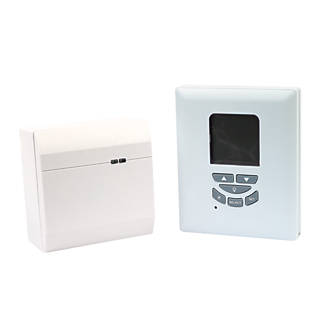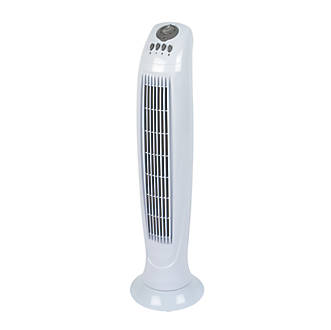- Joined
- 27 Jan 2008
- Messages
- 23,687
- Reaction score
- 2,669
- Location
- Llanfair Caereinion, Nr Welshpool
- Country

I have rooms set so living room cool at night and mothers down stairs bedroom cool in the day, (upstairs bedrooms radiators rarely come on anyway) however every so often something happens and we want to heat a room which was cool. Mother going to bed in day for example.
I can quickly change the setting on the radiator, and the radiator does get hot, but it takes ages to get heat from radiator into the room, I am considering a fan aimed at the radiator, I know you can get fan assisted radiators, so what about a fan aimed at standard radiator?
But how big? a normal room fan as used in summer, or a small fan USB powered, the radiator is under the window, and furthest from boiler, wondered if anyone has tried it? Also considering control, thought maybe my beer brewing thermostatic control, at least as a test, has anyone already done it, no point reinventing the wheel?
So any one tried it, and if so how did it go.
I can quickly change the setting on the radiator, and the radiator does get hot, but it takes ages to get heat from radiator into the room, I am considering a fan aimed at the radiator, I know you can get fan assisted radiators, so what about a fan aimed at standard radiator?
But how big? a normal room fan as used in summer, or a small fan USB powered, the radiator is under the window, and furthest from boiler, wondered if anyone has tried it? Also considering control, thought maybe my beer brewing thermostatic control, at least as a test, has anyone already done it, no point reinventing the wheel?
So any one tried it, and if so how did it go.



